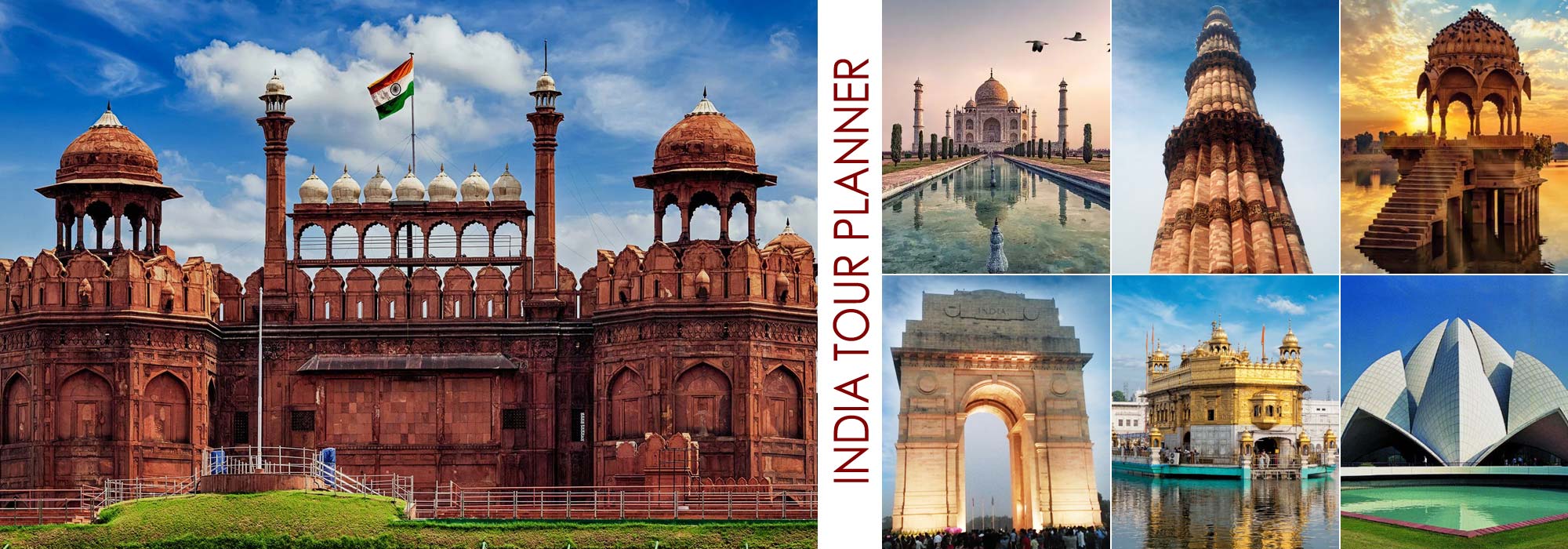
Hampi Tourism
Hampi is a small village in north Karnataka. It was once called the Vijayanagara Empire which was one of the well known cities during the 15th century. The Muslim rulers conquered and defeated them to ruins. Most of the kings of the Vijayanagara Empire had built lot of temples and structures which have been preserved by UNESCO and taken Hampi as a World Heritage Center.
The most interesting and best tourists place in Karnataka is Hampi and its ruins. Hospet is the small town closer to Hampi which is the nearest railway station. Once one reaches Hospet it takes only 20 minutes to half hour to reach Hampi with the help of local buses which runs every half an hour. The city of Hampi is divided into two parts; the Sacred Center and the Royal Center. These clusters are separated 3 kms apart.
The Sacred Center as the name suggests is full of temples and religious monuments. The Royal Center is a cluster with the royal palaces, stables, enclosures for the queens, private areas of the royal family, prayer places for the royals and more.
The construction of Vijayanagar city originally began by seven fortifications, of which large number of batons and gateways were erected. The seventh and the innermost fort is enclosed in the main city and preserved. The main structures of the Hampi are religious, civil and military in nature. The Jain temples on Hemankuta hill, few shrines in the Virupaksha Complex which dates back to 9th century are the amongst the most visited ones.
Vijaya Vittala Temple:
This 15th-century structure temple is considered to be one of the largest historical structures in Hampi which is dedicated to Lord Vittala- an incarnation of Lord Vishnu- and is a must-visit amongst all Hampi tourist places.
The famous Stone Chariot, the huge pillars in the temple halls and intricate sculptures are the true embodiments of the fascinating architecture of the centuries-old Vijaya Vittala Temple.
Virupaksha Temple:
Believed to be the oldest functioning temple in India, Sri Virupaksha Temple is a 7th-century Hindu temple dedicated to Lord Virupaksha, an incarnation of Lord Shiva. The temple is also considered as one of the most significant religious places to visit in Hampi and attracts a huge number of pilgrims from all over India.
The temple is seen to have many inscriptions of Lord Shiva. The temple was initially a shrine which was later extended into a huge complex during the Vijayanagara rule.The temple has one big holy place for worship, a hall supported by pillars and 3 antechambers and of all the entrances in the temple, the eastern gateway is highest one. The temple is surrounded by many mandaps around it, making the temple look more beautiful in all its cultural glory.
Hanuman Temple:
Hanuman Temple is another famous religious site located on the top of the Anjaneya Hill which is considered as the birthplace of Lord Hanuman. About 4 km from Hampi village, one has to cross a river using a small boat with paddles and then climb up the stairs to reach the Temple.
Hemakuta Hill Temple Complex:
This is one of the most famous and prominent temples in Hampi that is surrounded by a number of beautiful Hindu Temples and archways, pathways that are broken and built with strong, protective walls. The temple is also the perfect place to witness the sunrise and sunset. According to Hindu Mythology, it is believed that this is where Lord Shiva burnt the God of Lust-Kama with his third eye-fire.
Sasivekalu Ganesha Temple:
Located on the south side of the Hemakuta Hill, the Sasivekalu Ganesha Temple derives its name from the resemblance between Ganesha’s belly and a mustard seed which is locally known as Sasivekalu. The statue of Lord Ganesha, which is 2.4 meters is seen to have a snake carved around the stomach of Lord Ganesha. The history of the magnificent pavilion that surrounds the statue of Ganesha dates back to 1506 A.D. Given its significance and being near the Hemakuta Temple, this temple is another must visit tourist attraction.
Lakshmi Narasimha Statue:
The Lakshmi Narasimha statue, otherwise known as the statue of Ugra Narasimha was built in the year 1528 A.D. This is known to be the largest monolith statue in the whole of Hampi. The statue of Lord Narasimha- an incarnation of Lord Vishnu and a half man, half lion- depicts the deity sitting in a cross-legged position in its fierce form.
Queen’s Bath:
The Queen’s bath was considered a large open bathing area like a pool, for all the royals, that is, the Kings back then and their wives and is one of the architectures that will get you awe-struck.
The Huge courtyard in the front with a dome-shaped roof, balconies with small windows, and a rectangular pool made of bricks in the middle with open blue sky greet you at the Queen’s Bath in Hampi.
 +91 9799050299
+91 9799050299 
